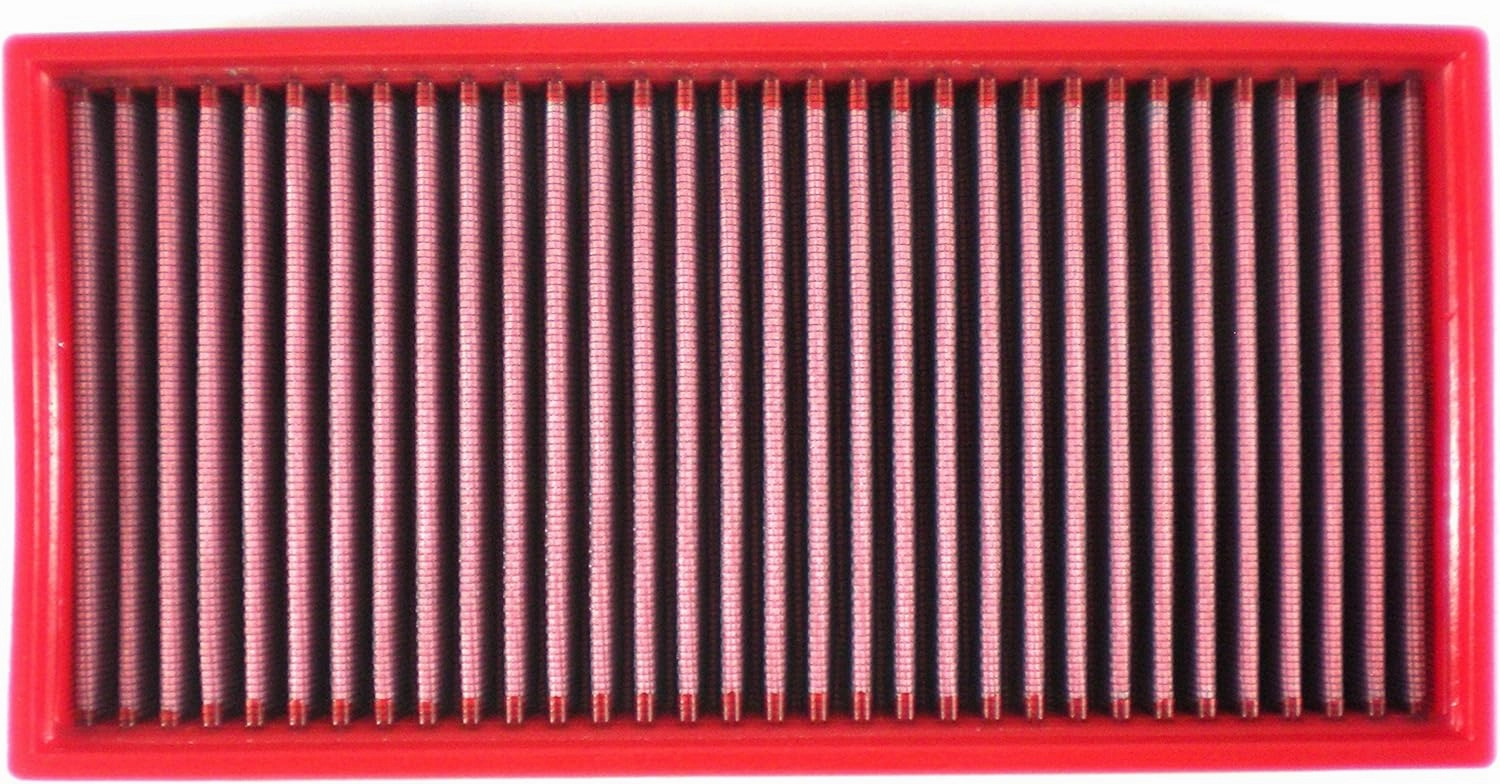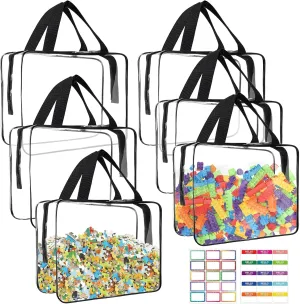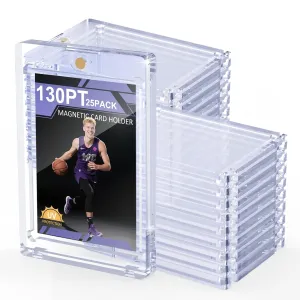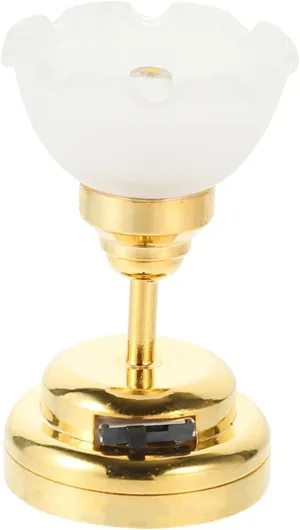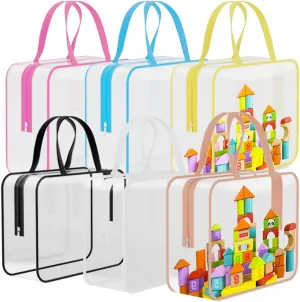- The panel/cylindrical air filter, commonly known as a "replacement air filter," is designed to fit in the vehicle's original airbox, replacing the OEM air filter.
- Constructed from high-performance materials, it allows increased airflow while providing more efficient filtration, capturing impurities as small as 7 microns (compared to the OEM's 10 microns).
- BMC air filters are produced using a "Full Moulding" system, creating the characteristic red filter from a single mould with no welded joints, thereby preventing easy breakage.
- The durable rubber used in BMC air filtering systems offers a long life and optimal adhesion to all airbox shapes.
- BMC filters are made of multi-layered cotton gauze soaked with low viscosity oil, covered with an epoxy-coated alloy mesh for protection from petrol fumes and oxidation due to air humidity.
- All BMC air filters are pre-oiled and can be washed and regenerated using the appropriate BMC regeneration kit.
In general, vehicles such as car or motorcycles require a total particle filtration efficiency up to a minimum size of 10 microns, to avoid any risk of passage of foreign objects that may damage the mechanical components downstream of the intake system (Air Flow Sensors, injectors, valves and segments). OEM air filters are made of paper and their main function is to protect the engine. These filters have high resistance to the air flow, which reduces the inlet pressure and reduces the engine's performance. BMC's air filters provide a considerably greater air flow. Furthermore, compared to a conventional paper filter, which at the time of maintenance must be replaced, the BMC air filter (being reusable) has a life equal to that of the vehicle itself. Another type of air filters on the market are synthetic filters, which BMC has produced for years only for non-road applications. The main difference between the BMC oiled cotton filters and filters made of synthetic material (for example plastic canvas) is the principle of impurities stoppage. The synthetics allow passage of particles in the size of the micro-filter material: it follows that a filter with 80 micron holes allows the passage of all items below that size, stopping only particles larger than the size of the hole (an example: the sand has a size of about 50 microns). The cotton has a larger plot, which favors the passage of a large flow of air and through the combination of different layers containing oil, ensure the stoppage of all the impurities from 7 microns up. To date, this concept is the best solution for both better filtration and higher performances.

